The Century Series jets came into being in the heady days after World War II. Aviation, and combat aviation specifically, evolved rapidly and breaking the sound barrier was one of the first achievements accomplished. Delta wing configurations and guided missiles were also developed. Many of the advanced technologies we have today were pioneered then.
Century Series refers to a group of U.S. Air Force jet fighters with model numbers in the 100s, developed during the 1950s and early 1960s. These supersonic jet fighters were a direct response to the demands of the Cold War, when the United States needed fast, powerful aircraft capable of countering Soviet threats. The Century Series introduced advanced technologies like afterburning turbojet engines, radar-guided missiles, and delta-wing designs, making them a crucial part of America’s air defense and strike capabilities during the early jet age.
The six main aircraft in the Century Series were the F-100 Super Sabre, F-101 Voodoo, F-102 Delta Dagger, F-104 Starfighter, F-105 Thunderchief, and F-106 Delta Dart. Each played a unique role and marked a step forward in fighter aircraft development.
F-100 Super Sabre
The North American F-100 Super Sabre was the first U.S. Air Force fighter capable of supersonic speed in level flight. Built by North American Aviation, it entered service in 1954 and became the USAF’s first supersonic air superiority fighter. It was later adapted for fighter-bomber missions, including close air support.
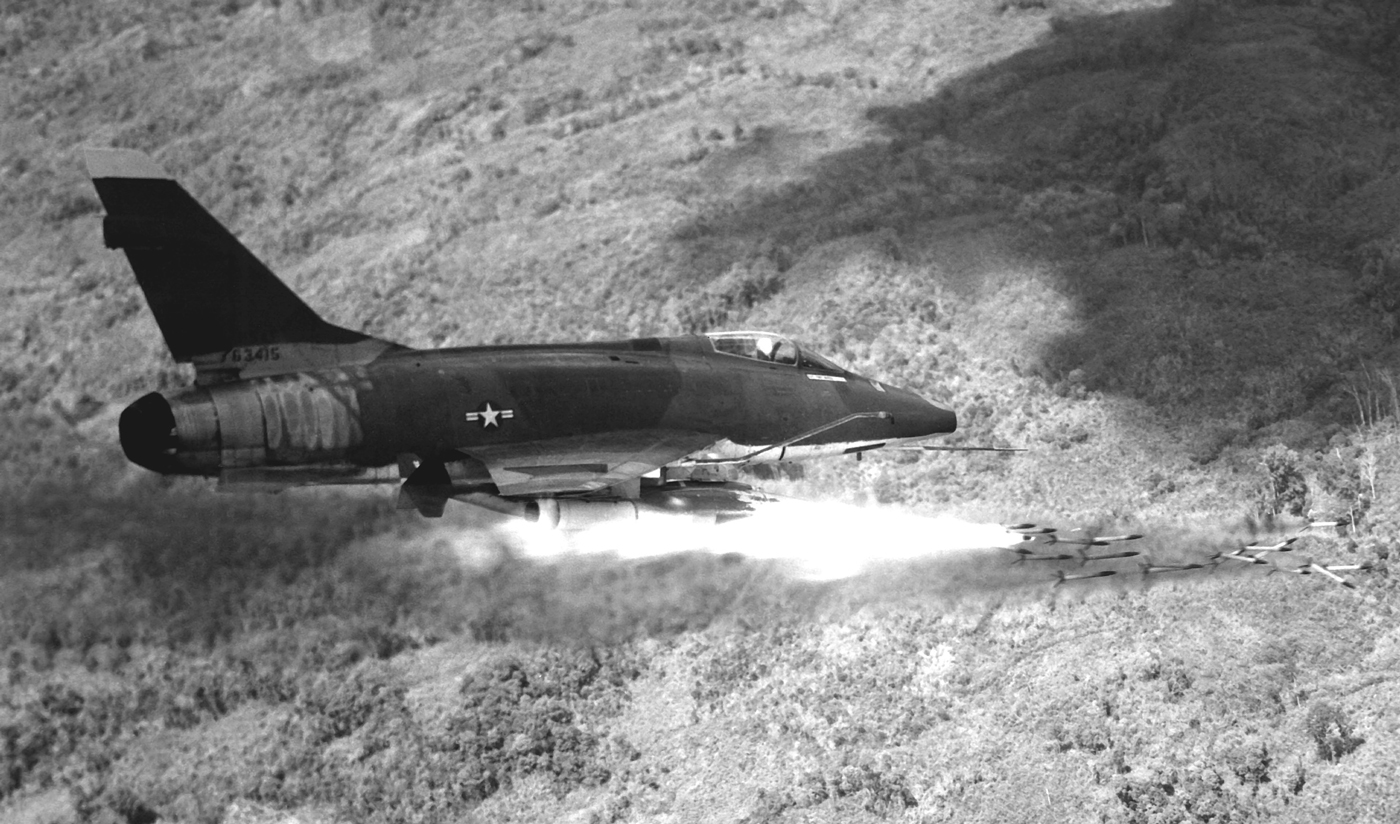
The F-100 saw extensive action in the Vietnam War, flying thousands of combat missions. Its early models had stability problems, but later versions improved performance and reliability. Known by pilots as the “Hun” (short for Hundred), the F-100 was eventually replaced by more advanced multirole aircraft, but it set the stage for future supersonic designs.
F-101 Voodoo
The McDonnell F-101 Voodoo was originally designed as a long-range escort fighter, but it evolved into several roles, including tactical reconnaissance and nuclear strike missions. Built by McDonnell Aircraft Corporation, it entered service in 1957.
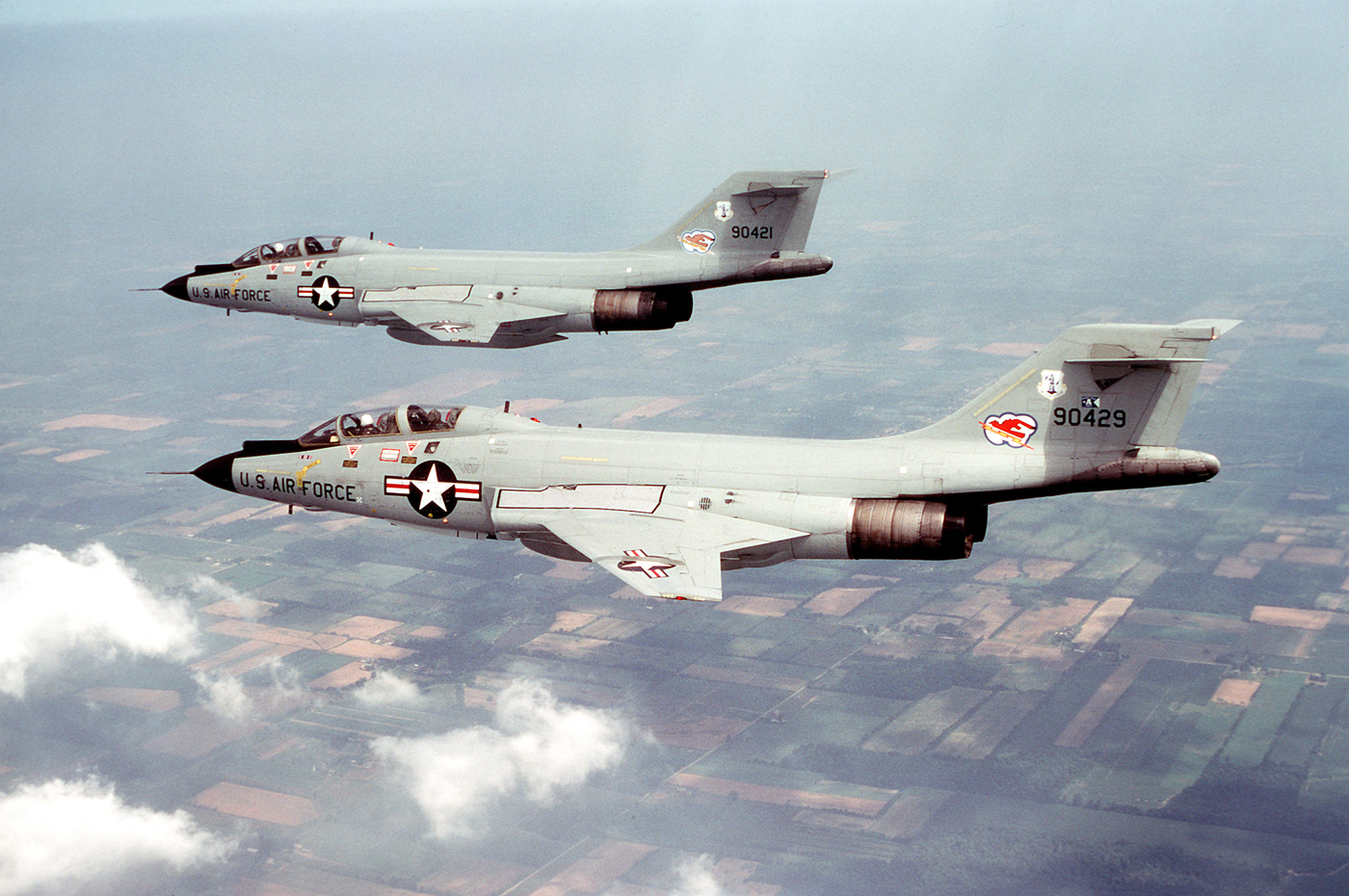
The F-101B interceptor version was equipped with radar and air-to-air missiles for homeland defense under NORAD. The RF-101 variant played a major role in aerial reconnaissance, including operations over Cuba and Vietnam. Fast and powerful, the Voodoo had impressive speed and range, but it was eventually retired in favor of more modern interceptors.
F-102 Delta Dagger
The Convair F-102 Delta Dagger was the first delta-wing interceptor in the USAF inventory. It was developed to counter Soviet strategic bombers and was part of the Air Defense Command during the height of the Cold War.

Powered by a single afterburning jet engine, the F-102 was equipped with internal missile bays carrying Falcon air-to-air missiles and nuclear-tipped rockets. Its role was to intercept and destroy incoming enemy aircraft under all weather conditions. Though it was not particularly fast or maneuverable, it played a vital role in continental air defense until the F-106 replaced it.
F-104 Starfighter
The Lockheed F-104 Starfighter was a radical departure from earlier fighters. Nicknamed the “missile with a man in it,” the F-104 featured a needle-nose design, short wings, and a powerful engine that allowed it to reach speeds over Mach 2.
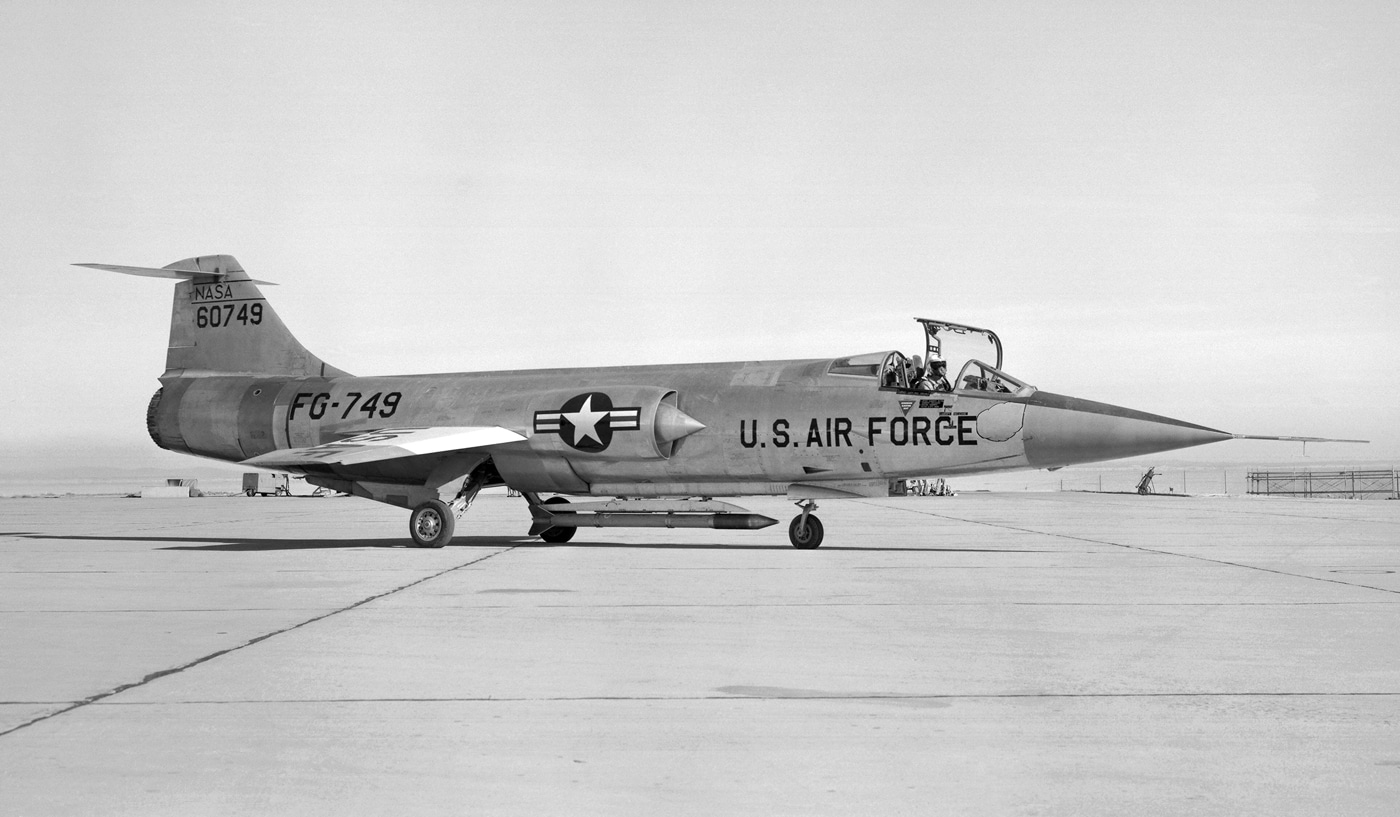
Built by Lockheed Aircraft Company, the F-104 entered service in 1958 and served as an interceptor and fighter-bomber. Although it had an excellent rate of climb and top speed, it was criticized for its poor low-speed handling and high accident rate. While the USAF retired the aircraft quickly, many NATO allies used it for decades. Countries such as Germany, Italy, and Canada adopted the F-104 for their air forces.
F-105 Thunderchief
The Republic F-105 Thunderchief was the largest single-engine fighter ever used by the USAF. Designed as a nuclear strike aircraft, it evolved into a conventional fighter-bomber during the Vietnam War. Nicknamed the “Thud,” it carried heavy bomb loads at high speed and low altitude.

Built by Republic Aviation, the F-105 entered service in 1958. It became the backbone of tactical bombing missions in Southeast Asia. Despite being heavily armed and fast, the F-105 suffered high losses due to ground fire and surface-to-air missiles. It was eventually replaced by aircraft such as the F-4 Phantom II, but its role in the war was significant.
F-106 Delta Dart
The Convair F-106 Delta Dart was an advanced interceptor developed from the F-102. Entering service in 1959, the F-106 featured a more powerful engine, better aerodynamics, and modern radar and missile systems. It became the primary continental defense interceptor for the Air Force throughout the 1960s and 1970s.
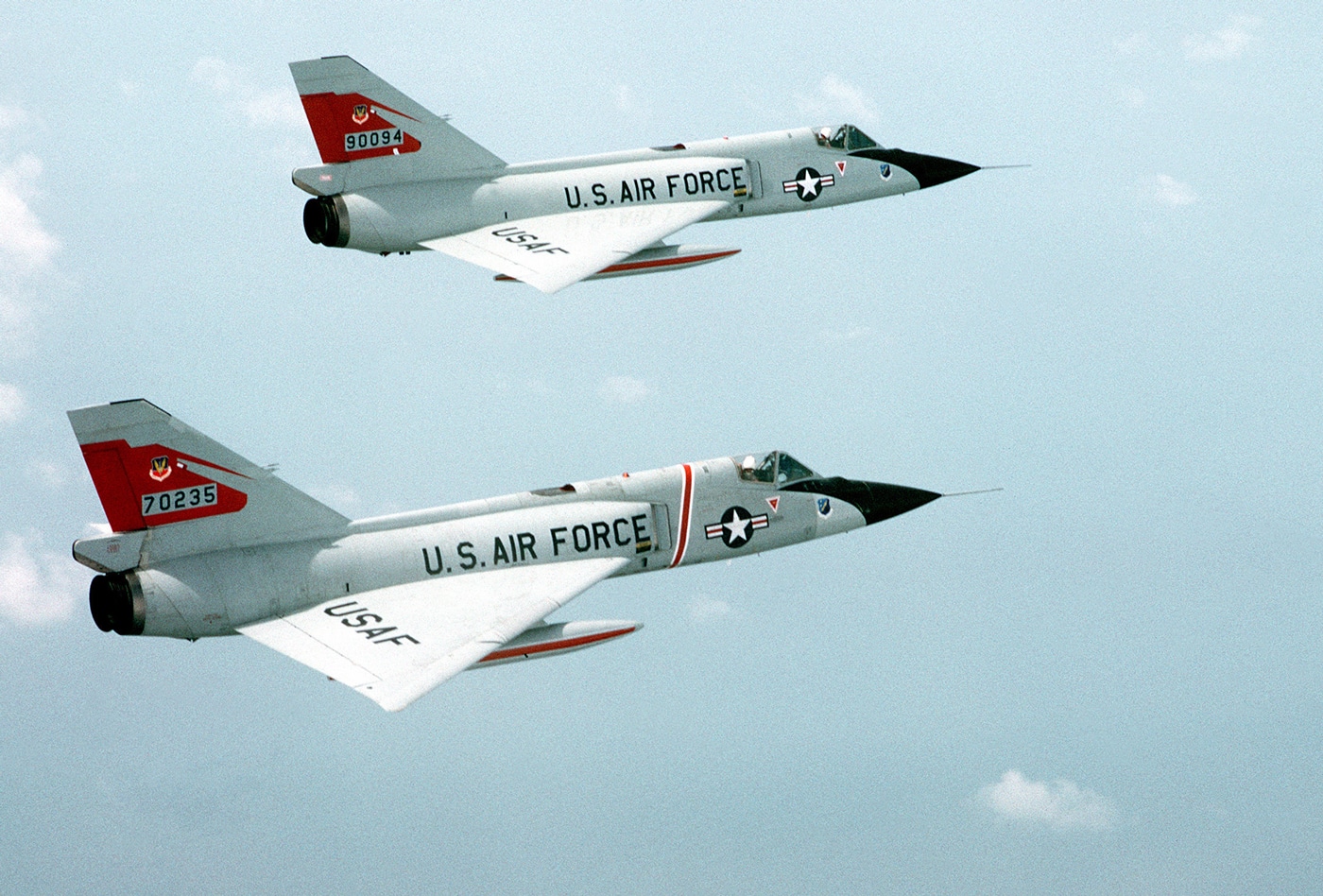
Equipped with air-to-air missiles and a nuclear-tipped Genie rocket, the F-106 could automatically intercept enemy bombers using its radar and fire-control system. Although it was never used in combat, the Delta Dart had a long service life, particularly with the Air National Guard, and remained operational into the 1980s.
Conclusion
The Century Series of fighters represented a leap forward in jet technology, speed, and mission capability. These aircraft helped the United States Air Force transition from subsonic fighters to supersonic, missile-armed platforms suited for the nuclear age. Each aircraft in the series served a different role, from air defense to nuclear strike to reconnaissance and ground attack.
While newer aircraft like the F-15 Eagle and F-16 Fighting Falcon eventually replaced the Century Series, the legacy of these fighters remains strong. They helped define an era of Cold War aviation and paved the way for the modern multirole jet fighters that dominate today’s air forces.
Editor’s Note: Please be sure to check out The Armory Life Forum, where you can comment about our daily articles, as well as just talk guns and gear. Click the “Go To Forum Thread” link below to jump in and discuss this article and much more!
Read the full article here

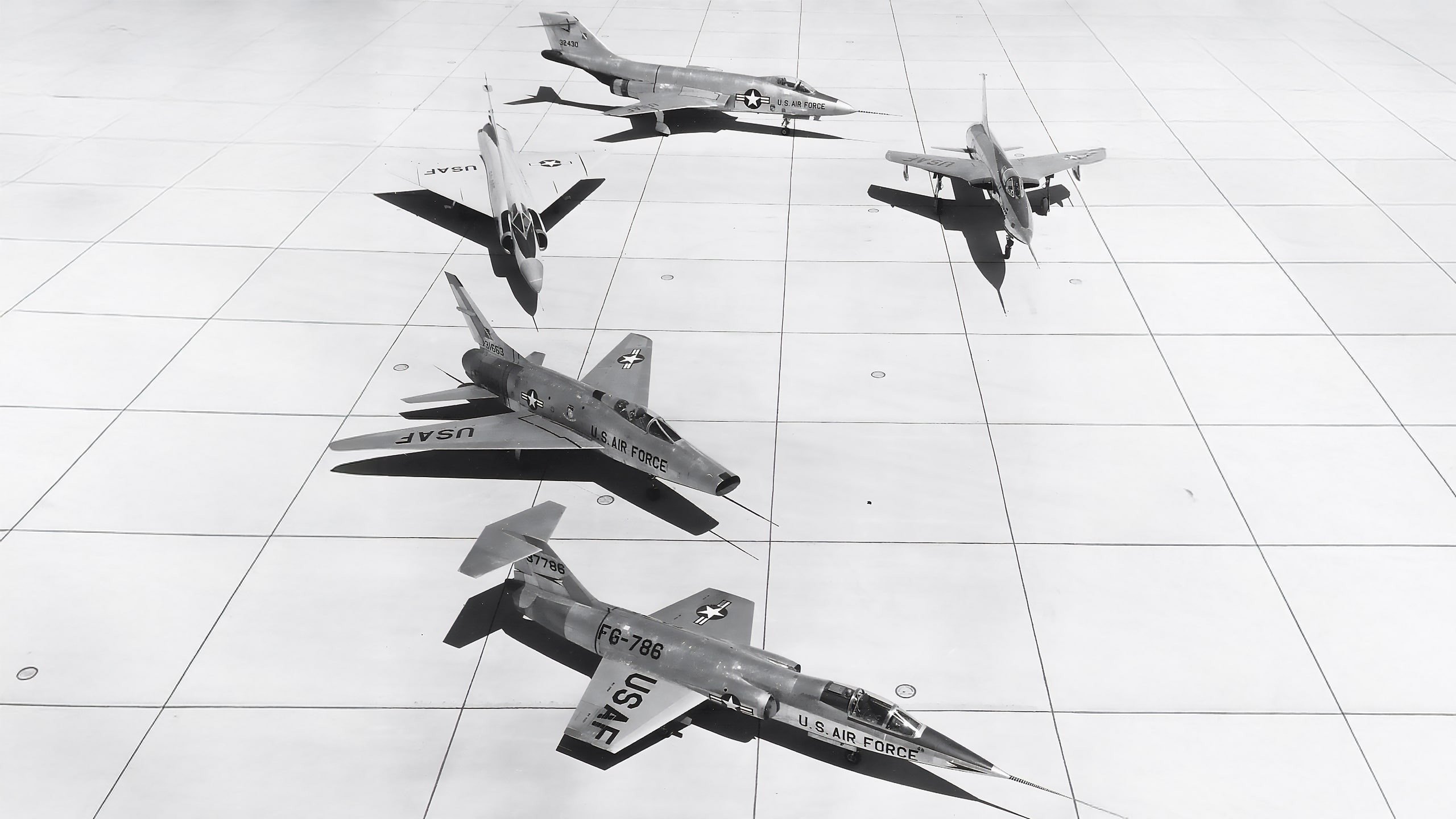
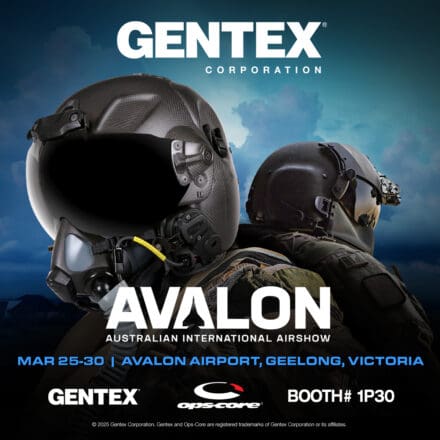




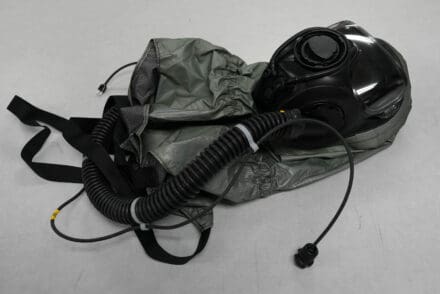
Leave a Reply